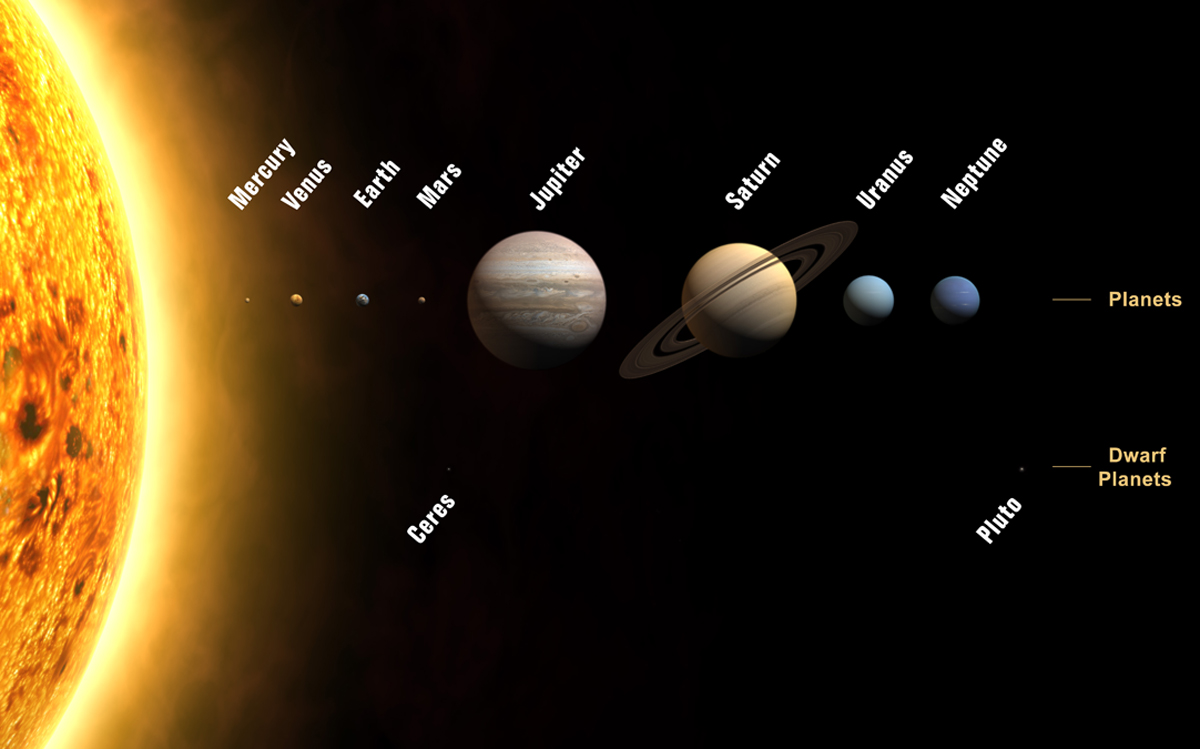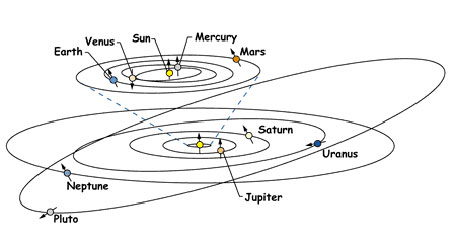What Is Pluto and Why Is NASA Exploring Pluto?
Tuesday, July 14, 2015
Pluto is the largest object in the Kuiper belt, and NASA's New Horizons spacecraft will arrive there on July 15. These two events will make 2015 an exciting year for solar system exploration and discovery. But there is much more to this story than mere science

What is Pluto or Plutoid?
Pluto was discovered in 1930 by an astronomer from the United States. An astronomer is a person who studies stars and other objects in space.
Pluto was known as the smallest planet in the solar system and the ninth planet from the sun.
Today, Pluto is called a "dwarf planet." A dwarf planet orbits the sun just like other planets, but it is smaller. A dwarf planet is so small it cannot clear other objects out of its path.
On average, Pluto is more than 3.6 billion miles (5.8 billion kilometers) away from the sun. That is about 40 times as far from the sun as Earth. Pluto orbits the sun in an oval like a racetrack. Because of its oval orbit, Pluto is sometimes closer to the sun than at other times. At its closest point to the sun Pluto is still billions of miles away.
Pluto is in a region called the Kuiper (KY-per) Belt. Thousands of small, icy objects like Pluto are in the Kuiper Belt.
Pluto is only 1,400 miles (2,300 kilometers) wide. That's about half the width of the United States. Pluto is slightly smaller than Earth's moon. It takes Pluto 248 years to go around the sun. One day on Pluto is about 6 1/2 days on Earth.
Pluto was named by an 11-year-old girl from England. The dwarf planet has three moons. Its largest moon is named Charon (KER-ən). Charon is about half the size of Pluto.
Pluto's two other moons are named Nix and Hydra. They were discovered in 2005. NASA's Hubble Space Telescope took pictures of the two new moons. Nix and Hydra are very small. The moons are less than 100 miles (160 kilometers) wide.

Why Is NASA Exploring Pluto?
NASA sends spacecraft to other planets because exploring space is exciting. It helps people learn new things. Spacecraft have visited every major planet in the solar system. Studying places like Pluto may help scientists learn how planets form.
NASA learns about Pluto from pictures taken with telescopes. Pictures from the Hubble Space Telescope helped scientists find the moons Nix and Hydra. Hubble has also taken pictures of Pluto's surface. The pictures show dark and light areas on Pluto. Pluto is so far away that even pictures taken by telescopes in space are a little fuzzy.
In 2006, NASA launched the first mission to Pluto. It is called New Horizons. New Horizons is a spacecraft that is going to the edge of the solar system. The spacecraft is about the size of a piano. It will take nine years to reach Pluto. In 2015, New Horizons will arrive at Pluto. The mission will spend more than five months studying Pluto and its moons. New Horizons will then study other objects in the Kuiper Belt.
New Horizons has cameras that will take pictures of Pluto. The spacecraft also has science tools to gather information about Pluto. These pictures and information will help scientists learn more about the dwarf planet.
Reference: https://www.nasa.gov
Leave your comment